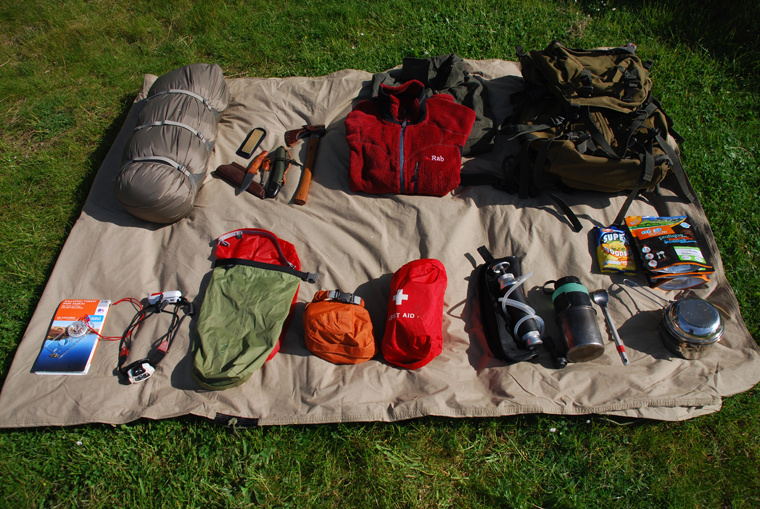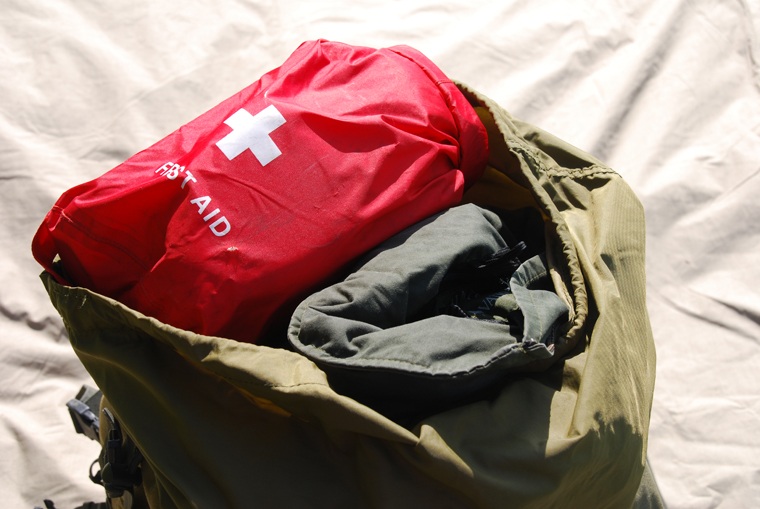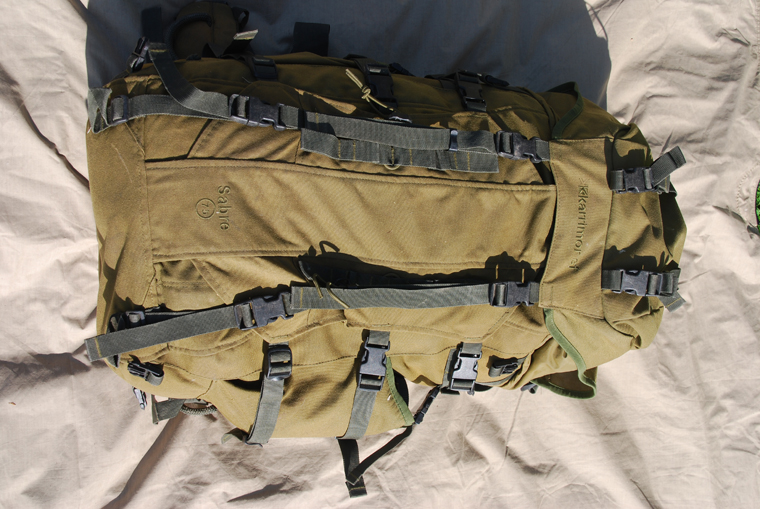How to pack your bag for an outdoor adventure
Heading into the woods for a few days? Here’s everything you need to know about the vital items you need to take with you to stay safe and sound
When I spend a weekend in the woods I have a regular packing list. Unless I’m planning on specific activities that I wouldn’t usually pack for then I take the same kit time and time again. My kit list will be different to yours and yours will be different to your friends’ lists. Kit packing is a very personal activity.
Jonny’s kit list

-
Hammock, tarp and sleeping bag
-
Knife, saw, axe
-
Fire steel
-
Sharpening stone
-
Waterproof and windproof clothes
-
Whistle (in waterproof pocket)
-
Rucksack
-
Food
-
Emergency rations
-
Billycan
-
Spoon
-
Water bottle and cup
-
Water purifier
-
First-aid kit
-
Spare clothes and gloves
-
Plastic bags or dry bags
-
Torch
-
Compass and map
This is how I go about packing: Firstly, I walk through every room in the house looking at the items in the house that I use all the time. This would range from wash kit (bathroom), spare clothes (bedroom), bed (bedroom), saucepan (kitchen), utensils (kitchen) and so on. All these items directly translate to what I need in my weekend-in-the-woods kit. Utensils translate to knives, saucepans to billycans, bed to hammock, tarp and sleeping bag. Get the picture?

Have your first-aid kit handy to get at and always re-stock it after a trip ready for next time
The next thing to think about it what you are going to source from the woods. The more you can source means the less you need to take with you. Why carry tent pegs when you can use pegs made from the sticks you find? Why carry water when there is a stream or other water source? It may make you cringe, but the phrase, “The more you know the less you carry” really does work.
Take some luxuries too. There is nothing to say that you should ‘rough it’ too much while out in the woods. I like to take my Kindle when I go out on an expedition. That’s my little treat! Well, that and a hip flask.
The more frequently you go out, the more times you have to analyse your kit. At the end of each trip, ask yourself what you took that you won’t need for your next one. Insect repellent and sunscreen, for example, might just be a seasonal item.
Now you need to work out an order to pack everything into your pack. As a rule, the items that you’d be least likely to need should be at the bottom.
You should also think about where the weight sits. I don’t usually do too many miles when I go to the woods and the terrain is pretty friendly, so I can pack with heavier kit at the top of my rucksack.

Remember, packed rucksacks get heavier the further you walk, so don’t overload them!
I want my first-aid kit and my waterproofs readily available. My whistle will be on my person, along with my map and compass, and my water bottle will be tucked into an external pocket.
After that I want my sleeping system so that I can rig up my bed as soon as I get to my camp. I keep my axe, saw and knife as deep down into the rucksack as I can so that I don’t get into any legal difficulties with carrying objects that have cutting edges or are sharply pointed in public places. I keep them in a separate dry bag along with my all-important fire-lighting equipment and sharpening stone.
Beneath that comes my cooking equipment and food, along with my water purifier. If I’m walking a long distance then I’ll put the water purifier further up in the rucksack. My torch is always in the top of my rucksack. The order will change from location to location and day to day, but generally speaking it is more or less the same.
Everything that would be less effective if it gets wet should be wrapped up in plastic bags or dry bags. Items like water bottles can just go in loose. When you are packing, make sure that the weight is evenly distributed from side to side. This will prevent one shoulder from taking all the weight. Many a good hike has been ruined by an unbalanced pack.
